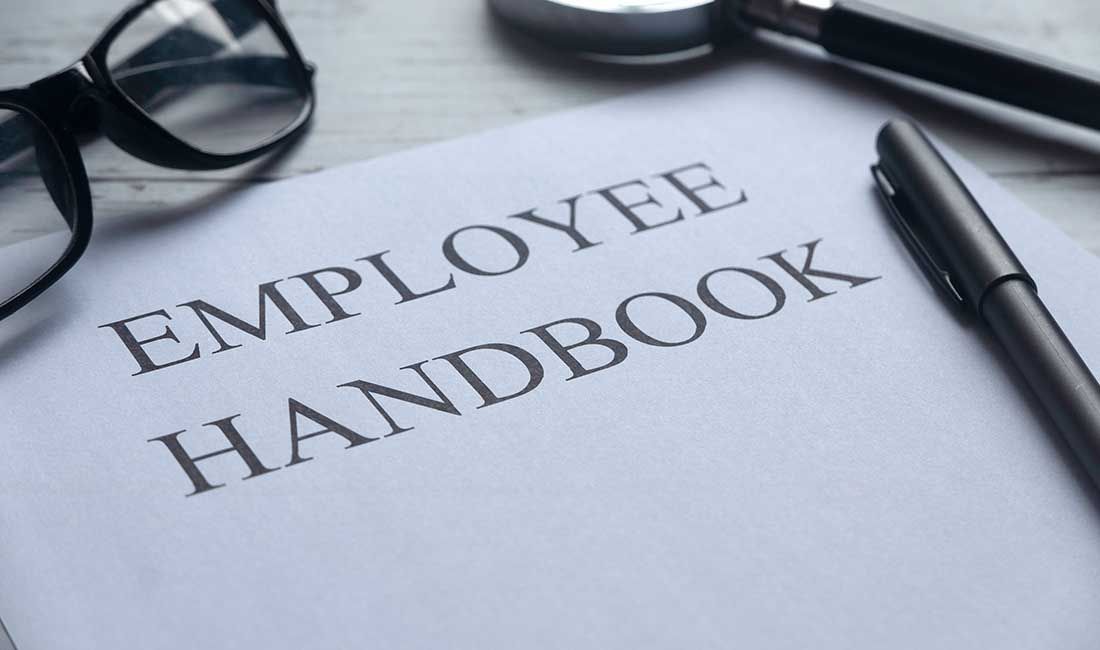Supreme Court Rules on Holiday Pay for Part-Year Workers

| W.E.U Admin | Workplace Wellbeing
In Harpur Trust v Brazel [2022] UKSC 21, the Supreme Court determined the correct method of calculating holiday entitlement and holiday pay for workers who work varying hours during specific weeks of the year but remain under contract year-round (referred to as “part-year workers”). The core issue was whether their entitlement should be pro-rated in line with full-time employees or calculated based solely on their actual working periods, potentially exceeding proportional full-time entitlement. Read more on holiday entitlement and pay for part-year workers.
Background
The Working Time Regulations 1998 (WTR) establish that all workers are entitled to 5.6 weeks’ annual leave (Regulation 13 and 13A). Regulation 16 provides that holiday pay must be calculated at the worker’s average weekly remuneration, referencing sections 221–224 of the Employment Rights Act 1996 (ERA). Under section 224 ERA, a week’s pay equals the employee’s average weekly pay over the 12 weeks immediately preceding the holiday, ignoring weeks with no remuneration. Although Regulation 16 now uses a 52-week reference period (effective 6 April 2020), the 12-week period applied to this case.
Facts
Mrs Brazel was a visiting saxophone and clarinet teacher at a school operated by the Harpur Trust. She taught term-time only, with no guaranteed minimum hours, and was paid only for hours actually worked. Each year, she qualified for 5.6 weeks’ leave, which she took during school holidays. Previously, holiday pay was calculated via the 12-week average method under ERA section 224. From September 2011, her employer switched to a 12.07% earnings model (reflecting 5.6/46.4 weeks) for casual staff, reducing her holiday pay accordingly.
Mrs Brazel lodged a claim for unlawful deductions from wages. The Employment Tribunal dismissed it, but the Employment Appeal Tribunal and the Court of Appeal ruled in her favour. The case reached the Supreme Court on appeal.
Decision
The Supreme Court dismissed the employer’s appeal and held:
- Part-year workers under permanent contracts are entitled to 5.6 weeks’ annual leave, identical to full-time and part-time staff, without pro-rating.
- No WTR provision allows holiday entitlement adjustment based on weeks worked.
- The average weekly pay method (12-week reference) is mandatory, rendering the 12.07% approach invalid.
- Parliament’s choice to reference a 12-week (now 52-week) period, excluding unpaid weeks, must stand even if it yields “odd” results.
Implications for Employers
This ruling significantly impacts atypical workers, especially those with no normal hours. Holiday entitlement must be calculated as 5.6 weeks for all workers, and holiday pay must follow the averaging method (12 or 52 weeks, ignoring unpaid periods). Employers should:
- Cease using the 12.07% model and adopt the correct averaging approach.
- Audit contracts of term-time and zero-hours staff to ensure compliance.
- Consider potential back-pay liabilities for affected employees, balancing claim risks and financial impact.
- Review contractual patterns—perhaps exploring freelance, temporary or fixed-term arrangements—to manage exposure.
Although most relevant to the education sector, this decision affects all organisations with part-year workers. Employers may face a surge of unlawful deduction claims, particularly in unionised settings. Proactive contract reviews and pay recalculations will mitigate risk and ensure compliance with both the WTR and the ERA. Continue to monitor updates on holiday entitlement and pay calculations for further guidance.
workersofengland.co.uk | Independent Workers Trade Union


















